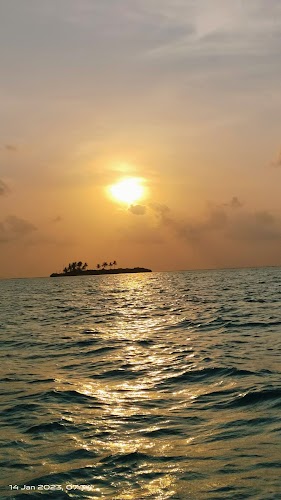
Parali I & II
Lakshadweep, India
- Birdwatching on the remaining island.
- Diving to explore underwater ecosystem.
- Photography of the disappearing island.
- Reflect on climate change impact.
- Snorkeling to see submerged coral reefs.
Known for:
Description:
Parali I & II were once stunning islands, part of the Bangaram atoll in Lakshadweep. Sadly, due to coastal erosion and rising sea levels, Parali I has completely submerged, and Parali II is on the brink of disappearing. These islands served as a crucial nesting ground for turtles and offered pristine beaches and vibrant coral reefs. While Parali I is now underwater, it remains a poignant reminder of the impact of climate change. Parali II, though shrinking, still offers a glimpse of the natural beauty of Lakshadweep. Visitors can witness the effects of erosion firsthand and appreciate the fragile ecosystem. Snorkeling and diving around the area reveal the remnants of the once-thriving coral reefs. The islands serve as a stark reminder of the urgent need for environmental conservation.
History:
Historically, Parali I & II were uninhabited islands, primarily used by locals for fishing and coconut harvesting. They gained prominence as significant turtle nesting sites and were recognized for their rich marine biodiversity. Over the years, increasing sea levels and coastal erosion have drastically altered the landscape. Parali I succumbed entirely to the sea in the early 2000s, becoming a submerged reef. Parali II has significantly reduced in size, with only a small portion of the island remaining above water. These islands have become a case study for climate change and its devastating effects on low-lying island nations. Conservation efforts are ongoing to protect the remaining islands of Lakshadweep, but the story of Parali serves as a cautionary tale.